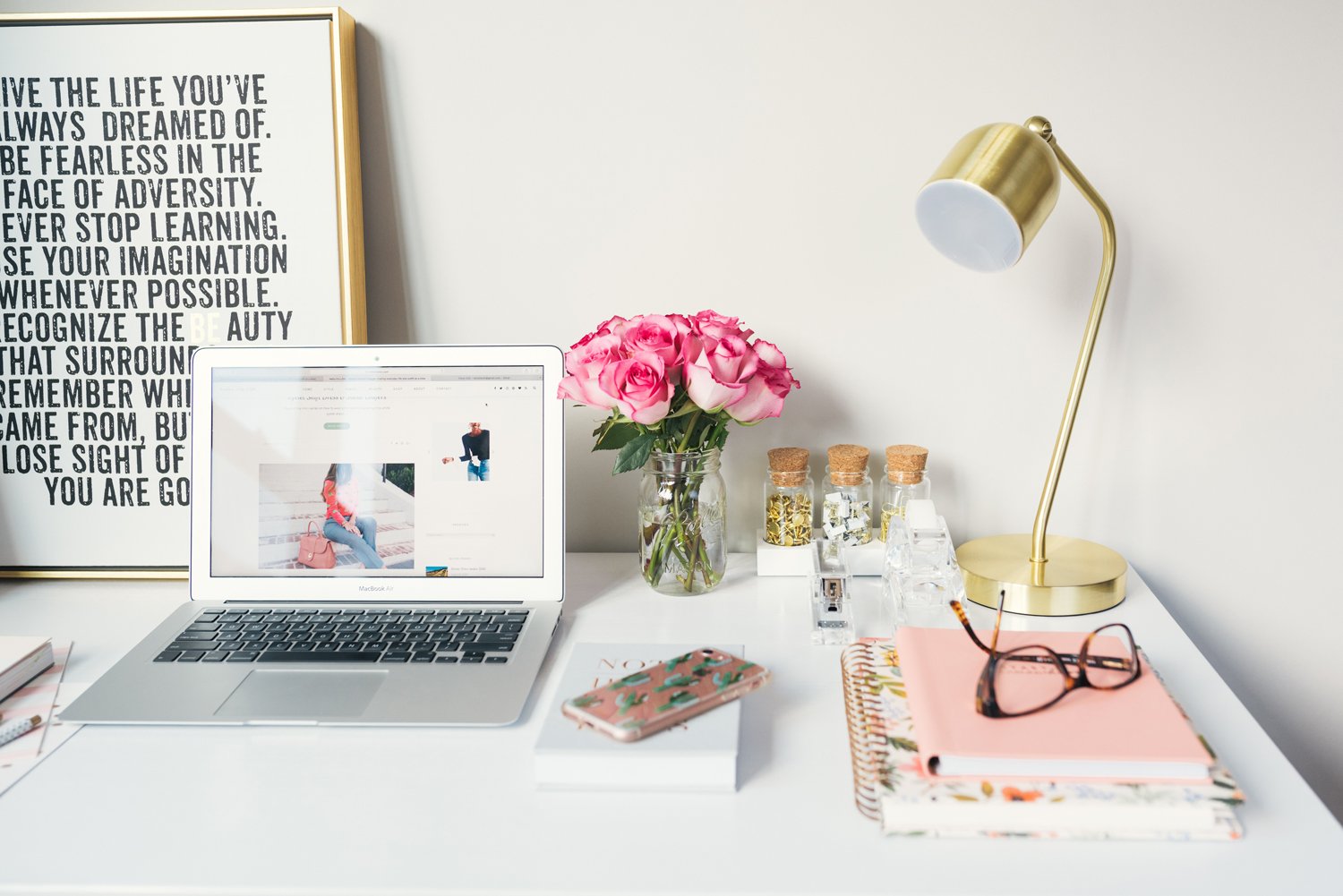
Tips For Working From Home
March 19, 2020

Working from home is not a possibility for everyone, including the healthcare workers who are actively combating the spread of COVID-19. However, for many of us, it is our very best chance to stop the spread of the virus and one of the greatest acts of support we can offer our community.
Now, working from home is a dream come true for many (like my husband, who promptly said “you mean I can wear pajama bottoms during my conference calls and no one will notice?!”) but it is much harder than we think it will be. We rely on cues throughout the day to signal our movement from one task to another.
Think about the bedtime ritual you follow most evenings, signaling your brain that it’s time to turn in. My morning commute is my time to mentally prepare for the day ahead, and my evening commute helps me distance myself from my clients’ struggles and trauma and prepare to come home to my family. Working from home can disrupt our routine, create a sense of listlessness, and make us feel isolated. Here are a few tips to help you transition.
1. Create Spaces
To preserve the aforementioned cues, avoid working from your bed or kitchen table if you can. Small space living only gives us so many options, but if you can create an organized and designated workspace, you will be able to accomplish much more throughout the day. Make sure this space is off-limits to others, including kiddos. This will encourage the whole family to support your shift, and it’s great modeling for your little ones around coping with change.
2. Get Up and Get Going
Dress for the day as if you’re heading to the office: There is plenty of research to support that our body language and presentation impact how we feel and vice versa. Pretend you’re headed to work for casual Friday instead of wearing PJs all day and you will feel much more refreshed and ready to take on the day. When you finish up for the day, change into a set of home clothes to help you disconnect from work.
3. Connect with Colleagues
A two-year study out of Stanford showed that working from home has many benefits, including a boost in productivity. The major drawback? Deep loneliness. We have a basic need for human connection, and it’s a downside to working on your own whether you’re a social butterfly or hardcore introvert. A compliment on a job well done or a simple “hello” goes a long way when working remotely. One of the things we miss out on the most is collaborating. Build conference calls into your schedule. You can’t pop into your coworker’s office, but you can call for a brief conversation. Check on your colleagues, for they may be struggling with isolation and loneliness too.
4. Take Breaks
Create a routine that works for you and make time for healthy snacks, stretching, and exercise throughout the day.
5. Plan Ahead
Keep your routine as consistent as possible, and most importantly, as close to your old routine as you can. I lost my commute, but I can take my dog on an extra-long walk as I think about my goals and to-dos for the day. Maintaining your old schedule allows for a more seamless transition into the new normal.
accept
We use cookies to improve your browsing experience and ensure the website functions properly. By selecting 'Accept All,' you agree to our use of cookies.
© Tmg XXXX
Brand & Website by Writefully Said
Contact our office:
The Montfort Group is a highly-trained team of professional therapists in Plano, TX providing counseling and support for individuals, couples, teens, and families.
Stay Connected
Schedule Now
